bfdadmin
bfdadmin
Dr Brandon Nelson, A Board-Certified Physician & Surgeon Discusses The Austin Bunionectomy

Bunions are primarily an inherited foot structure issue. These often begin to develop in early adolescents and progressively get bigger as time goes on. They develop as one’s foot becomes increasingly unstable through the medial. The bunion itself seems to grow as the first metatarsal shifts outwards and the big toe begins to drift into the adjacent digits. This shift will continue until it is treated and will get larger as time and milage gets greater.
There are many different ideas about the treatment of a bunion. There are conservative and surgical options available. It is important to note that conservative options do not correct the bunion or stop it from getting larger. This can only be accomplished surgically.
Surgery for a bunion is most used for long term correction. Meaning realigning the bone for the foot to function in a stabilized fashion. Many bunion surgeries are what is called a head procedure. This is when the metatarsal head is cut and pinned or screwed in place. The procedure itself is straight forward and can usually be done in under an hour. The average person will be walking the entire post operative phase and can be in a normal shoe in 4-6 weeks typically.
If you have a bunion and are in pain, I can help. Make an appointment with me today at 425-391-8666 or submit a contact form online and our team will reach out as soon as possible.
Sincerely,
Dr Brandon Nelson
American College of Foot & Ankle Surgeons
Dr Brandon Nelson, A Board-Certified Physician & Surgeon Discusses Bunion Surgery and How to Recover Faster
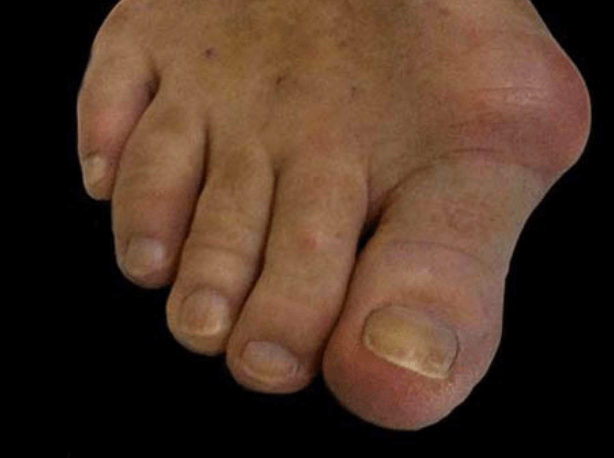
Bunion surgery is one of the most common procedures done in the United States. It is recommended most of these are done in an outpatient setting and patients can go home the same day. Most procedures are done in about 2 hrs and patients can walk in a protective boot. Most bunion procedures involve cutting bone or realigning joints.
Since bone is cut it is important to take calcium or a bone healing supplement. These can help decrease healing time and make recovery much easier. Additionally, I like my patients to use a bone stimulator and remain home for the first couple days. Sacrificing a little time on the front end of the surgery can make recovery much easier. Another supplement like collagen can help with skin healing and provide better scar appearance.
The vast majority of bunion surgeries can be done in our office. A mild anesthetic and a little bit of local anesthetic will provide enough comfort to sleep right through the procedure. Having it done in our office setting, in a sterile environment, provides large cost savings and time savings for patients.
If you have a bunion and are in pain, I can help. Make an appointment today with me at 425-391-8666 or contact us online.
Sincerely,
Dr Brandon Nelson
American College of Foot & Ankle Surgeons
Dr Timothy Young, a board certified foot surgeon talks about Reversing a Bunion: Understanding the Causes, Treatment Options, and Prevention Part 2
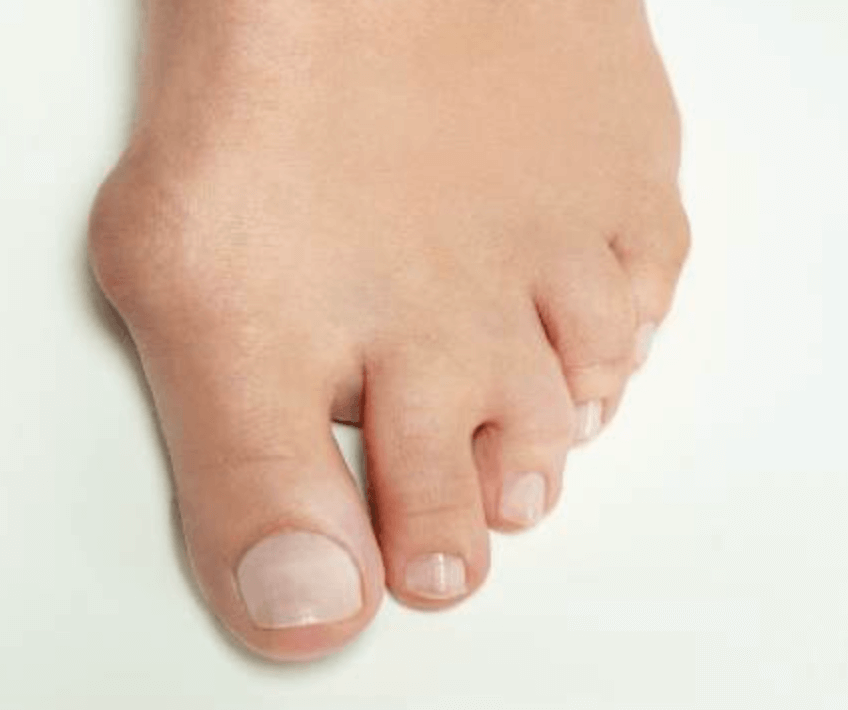
Dr Timothy Young, a board certified foot surgeon talks about Reversing a Bunion: Understanding the Causes, Treatment Options, and Prevention Part 2
Surgical Intervention:
Bunionectomy: In some cases where conservative treatments are not effective, a bunionectomy may be necessary. This surgical procedure involves realigning the affected structures and bones to correct the deformity. The specific surgical technique used will depend on the severity and complexity of the bunion.
Preventive Measures:
It is often not possible to prevent bunions however, certain measures can help slow down their progression or reduce the likelihood of developing them:
a. Footwear choices: Look for shoes that provide extra room for the toes, have a wide toe box, and have good arch support.
b. Avoid high heeled shoes: Wearing high-heeled shoes can exacerbate existing bunions or increase the risk of developing them.
c. Maintain a healthy weight: Excess body weight can put extra pressure on the feet, potentially worsening bunions.
d. Exercises and stretches: Regular foot exercises and stretches can help strengthen the muscles and improve flexibility.
Dr. Young's Postoperative Swelling Tips
Conclusion:
Reversing a bunion involves a comprehensive approach combining conservative treatments, such as good footwear and orthotic devices, with surgical treatments if necessary. Early preventive measures are helpful steps in treating bunions effectively. If you are experiencing foot pain or notice a bunion forming, please contact our clinic. We specialize in bunion treatments.
Give us a call today at 425-391-8666 or make an appointment online today.
Dr Timothy Young, a board certified foot surgeon talks about Reversing a Bunion: Understanding the Causes, Treatment Options, and Prevention
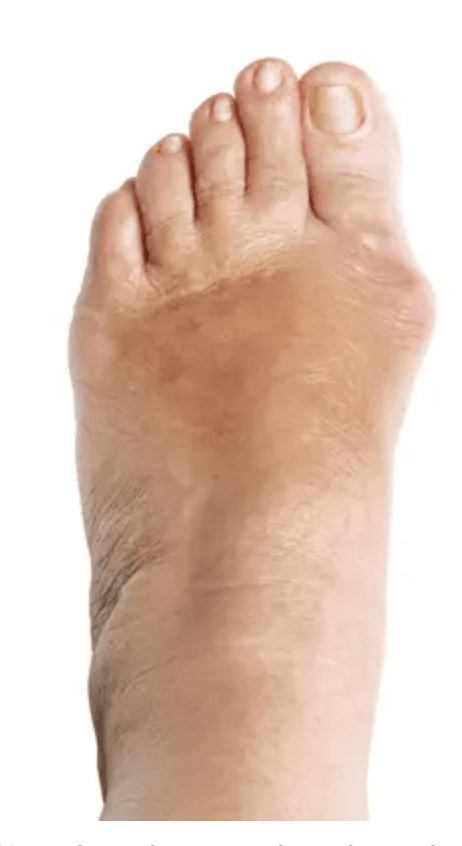
Dr Timothy Young, a board certified foot surgeon talks about Reversing a Bunion: Understanding the Causes, Treatment Options, and Prevention Part 1
Introduction:
Bunions are a common condition that can cause foot discomfort, pain, and limit mobility. Bunions are typically associated with a bony protrusion at the base of the big toe, and they are actually the result of a complex structural deformity in the foot. We will review the causes of bunions, explore the available treatment options, and discuss preventive measures that can help reverse this condition.
Understanding Bunions:
Bunions, are also known as hallux valgus. This condition occurs when the joint at the base of the big toe becomes misaligned. The misalignment causes the big toe to angle inward, towards the other toes, leading to the formation of a bony bump on the side of the foot. Bunions can be hereditary, but they are often aggravated by certain factors, including:
a. Footwear: Tight, pointed shoes that squeeze the toes together can contribute to the formation of bunions.
b. Foot structure: Certain foot types, such as very pronated flat feet with low arches, are more prone to develop bunions.
c. Arthritis: Certain forms of arthritis can increase the risk of developing bunions. And conversely, bunions can lead to abnormal joint wear with potential for arthritis.
Treatment Options:
While bunions are generally progressive and often worsen over time, there are several treatment options available to address the symptoms and reverse the condition:
Wearing good footwear: look for wide-toe shoes with a low heel and nice arch support can reduce discomfort.
Orthotic devices: prescription custom-made shoe inserts (orthotics) can help stabilize the foot and reduce further progression of the bunion.
Padding and taping: Using padding or taping around the bunion that will provide cushioning and reduce pain.
*If you are experiencing foot or ankle pain, give us a call at 425-391-8666 or make an appointment online today.
Dr Brandon Nelson, A Board-Certified Physician & Surgeon Discusses Why Your Heel Pain Will Not Go Away
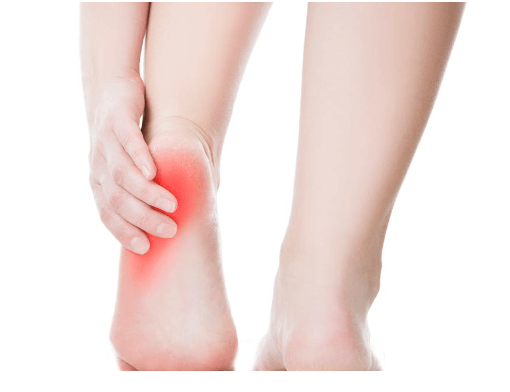
Heel pain is always a challenge to deal with as a patient. It can be very tiring on one’s nerves. It is hard to wake up in pain and go to sleep in pain. Especially if you have first step pain, that pain when you put your foot on the ground when getting and it makes you just want to just crawl back into bed. Plantar fasciitis is challenging and can take time and effort to get rid of it. The good news is that I can help. I have seen 1000s of patients with heel pain. I can help whether you have had it for a week or for a year.
It is important to understand the cause of the pain. Is it the fascia, is it the Achilles tendon or is it a pinched nerve. Regardless of the reason, a thorough workup is paramount to helping fix the underlying cause. At the very least an x-ray is useful and the first place to start. New types of shoe gear and changes in training can be informative as well. Additionally, what does the pain feel like, what have you tried so far and how long has it been present. These are all great things to share with your provider and helpful in coming up with a treatment plan.
If you have heel pain and it is not getting better I can help. Make an appointment online or call us today at 425-391-8666.
Sincerely,
Dr Brandon Nelson, A Board-Certified Physician & Surgeon Discusses The Reason To Have a Lapiplasty Bunionectomy
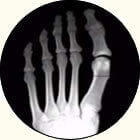
Bunions can be extremely painful and limiting to one’s activities. It is hard to find shoes, especially comfortable shoes. Bunions continue to grow and become difficult to manage. I have seen large and small bunions that are painful. Most bunions end up requiring surgical repair.
I see a lot of patients that have been deciding whether or not to fix their bunion. I ask all my patients the same things, is it painful, does it interfere with life and is it getting bigger? These seem to be all good reasons to fix your bunion. Fixing your bunion has never been easier. The Lapiplasty is one of my most favorite procedures as it provides reproducible results and long lasting correction. Most patients can begin to weight bear at 2 weeks and return to activities much sooner than previous procedures.
If you have a bunion and have been contemplating having it fixed I can help. I have an onsite surgical suite making it more convenient and saving both time and money. Make an appointment today at 425-391-8666 or fill out a contact form online and we'll reach out to you.
Sincerely,
American College of Foot & Ankle Surgeons
Dr Timothy Young, a Board Certified Foot Surgeon on: Should I Get Bunion Surgery? Part 3
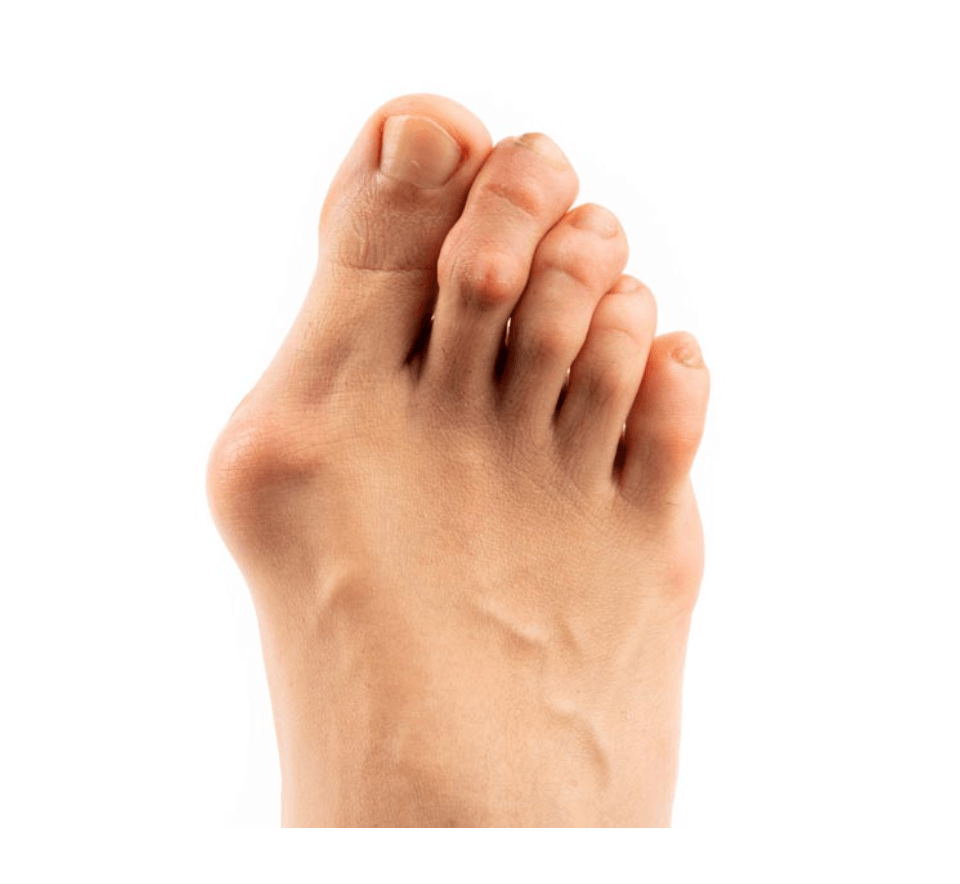
Dr Timothy Young, a Board Certified Foot Surgeon on: Should I Get Bunion Surgery? Part 3
Second Opinions: Obtaining a additional opinion is often recommended before making a decision about any surgery. Seeking the advice of another board certified foot surgeon can help validate the initial recommendation and provide additional insights. It also allows you to compare treatment approaches, potential outcomes, and associated risks.
Conclusion: Deciding whether or not to have bunion correction surgery is a choice that should be based on a combination of factors, including the extent of your symptoms, how fast the bunion is progressing, the impact on your daily life, and the potential risks and benefits. It's crucial to consult with a board certified foot surgeon who can evaluate your specific case and provide professional advice tailored to your needs. Remember, bunion surgery should be considered after conservative treatments. By carefully weighing the pros and cons and seeking expert opinions, you can make an informed decision regarding bunion corrective surgery that aligns with your personal needs and goals.
If you are experiencing foot or ankle pain, give us a call at 425-391-8666 or make an appointment online today.
Dr Timothy Young, A Board Certified Foot Surgeon On: Should I Get Bunion Surgery? Part 2

Dr Timothy Young, A Board Certified Foot Surgeon On: Should I Get Bunion Surgery? Part 2
Severity and Symptoms: The severity of your bunion and the related symptoms play a significant role in the decision-making process. If your bunion causes persistent pain, limits your ability to exercise or comfortably walk, or if it interferes with your daily life, surgery may be a viable option. Also if the bunion condition is progressing. Consulting with a qualified foot surgeon can help assess the severity of your bunion and provide guidance on the best course of action.
Benefits and Risks: Like any surgery, a bunion surgical procedure carries both risks and benefits. Risks can include infection, stiffness of the joint, nerve damage, recurrence of the bunion, or dissatisfaction with the cosmetic outcome. Conversely, the benefits can be significant, such as pain relief, improved foot function, and the ability to wear a wider range of footwear comfortably. Understanding and reviewing the potential risks and benefits with your foot surgeon is crucial in making an informed decision.
Lifestyle Considerations: Another important factor to consider is your lifestyle. Bunion surgery usually requires a period of recovery, during which you will need to limit your activities and wear special footwear or a boot. If you have an active lifestyle or have demanding work requirements, you should consider timing and how the recovery period could affect your daily activities. It's important to discuss these considerations with your surgeon to determine the most appropriate timing for the foot surgery.
If you are experiencing foot or ankle pain, please give us a call at 425-391-8666 or make an appointment online today.
Dr Timothy Young, a Board Certified Foot Surgeon on: Should I Get Bunion Surgery?

Dr Timothy Young, a Board Certified Foot Surgeon on: Should I Get Bunion Surgery? Part 1
Bunions, are a common foot deformity, they can cause pain and discomfort, affecting your daily activities, exercise and overall quality of life. If you're suffering from a bunion, you may have considered the option of bunion correction surgery. However, deciding whether or not to proceed with surgery is a choice that requires careful consideration. In this blog post, I will explore the factors you should take into account when deciding whether to get bunion surgery.
Understanding Bunions: Before considering the decision-making process, it's important to understand what bunions are. A bunion is a bony bump at the base of the great toe, and the deformity also causes the great toe to deviate outward. This condition often leads to pain, inflammation, and challenges in finding comfortable footwear. Bunions can be caused by various factors, including genetics, footwear choices, and certain medical conditions. In most cases, you inherit a foot structure that is prone to developing the bunion.
Conservative Treatments: When considering bunion surgery, you want to explore conservative treatments first. Non-surgical approaches may include changing shoes, using prescription orthotic inserts, applying ice or heat, taking over-the-counter pain relievers, and doing exercises to improve foot strength and flexibility. These methods can provide relief for mild to moderate bunions, and surgery should be considered when conservative measures do not provide relief.
If you are experiencing foot or ankle pain, give us a call at 425-391-8666 or make an appointment online today.
Dr Brandon Nelson, A Board Certified Physician & Surgeon, Discusses ForeFoot Pain or Pain In The Front Of One’s Foot
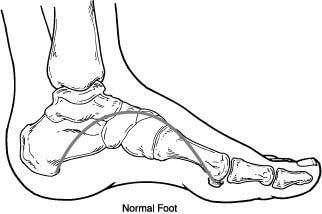
The front of your foot or the area where your toes begin is called the forefoot. This area consists of your toe bones, your phalanges and your metatarsals, the long foot bones. This area is where you push off when ambulating and provides stability for forward propulsion. This is a complex anatomical area and more than a few pathologies can exist in this location but I will discuss a few of the most common. These include neuromas, capsulitis and stress fractures.
Neuromas are an entrapped nerve that can cause burning and tingling. These usually occur in the 3rd interspace. Most patients have a sensation that is electrical and is worse in shoes and relieved by taking off their shoes and rubbing the forefoot. These seem to be more common in women than men and especially around the 4th-6th decade of life. Neuromas have some great treatment options available one of most successful is dehydrated alcohol injections. The success rate with these injections approaches 89%.
Capsulitis is a term we use to describe inflammation of a joint. This most commonly occurs in the metatarsophalangeal joint of the foot. We tend to see this in a patient with a bunion or high arched foot. The main cause seems to be a biomechanical imbalance. It is important to get an x-ray with capsulitis as arthritis can have a similar presentation.
Stress fractures usually present with swelling. They often occur as one begins a new training program and can cause pain for weeks. Typically these will be relieved with rest and exacerbated by activity. Most will heal with a change in activities and calcium supplementation. However again an x-ray is warranted to rule out other pathologies and to monitor healing.
If you are having forefoot pain I can help. Schedule an appointment with Dr Brandon Nelson, give us a call at 425-391-8666 or make an appointment online.
Sincerely,
Board Certified Physician & Surgeon



